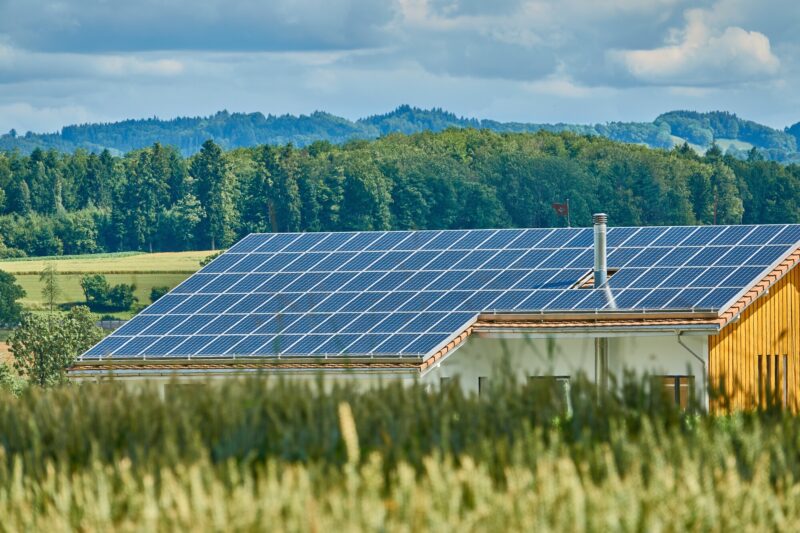What Are Community Solar Programs?
Community solar programs allow individuals to participate in renewable energy production. A solar community project involves a host and a sponsor, who work together to manage the project’s subscribers and its relationship with the utility. The sponsor can be a nonprofit or a utility. Subscribing individuals purchase a share of the electricity produced by the project.
Low-income households
Community solar programs benefit low-income households by offering them incentives to purchase solar energy and save money on their energy bills. These incentives are typically between 20% and 30% off their bills. Many of these programs are also offered by community-based organizations.
To maximize community solar programs‘ potential, low-income households must be targeted. In addition to targeting low-income households, the programs should address the challenges these households face, such as the fact that they cannot afford to pay a premium for renewable energy. For this reason, utilities that target low-income households must prove that the benefits of using solar power can offset the costs of solar community projects.
Community solar programs are often a combination of energy efficiency programs and community solar programs. The combined benefits can often be more significant than either program alone. For example, energy efficiency programs can reduce energy demand, further stretching low-income community solar subscriptions. In addition, collaborative efforts between state agencies can increase low-income households’ participation and maximize benefits from multiple programs.
Renters
Community solar programs allow renters to access free electricity and help save money on their energy bills. The savings generated from the solar panels will be placed into a community fund for a future sustainability project. The project will also create a sustainable job training program for up to 25 housing authority residents. It will benefit renters in many ways, and there are several ways to sign up for community solar.
Community solar programs are free to join. In many cases, renters will save money on their energy bills because they no longer have to pay utility bills. Renters can also benefit from an annual energy assistance grant that is not counted as income.
While community solar benefits renters, it is often challenging to reach low-income customers. This makes it imperative to work with community-based organizations.
Those without a roof
Community solar programs are a great way to get solar power without investing in a new roof. These programs allow multiple community members to build solar panels and share the electricity produced. The community or a third-party company typically owns the solar panels and other equipment. The community then sells the excess energy to a local utility, and subscribers get credits for the energy they produce. These credits fluctuate monthly depending on the amount of sunshine and electricity used. Community solar is a great way to harness the sun’s power and help the environment.
Those that aren’t able to install solar panels
Community solar programs are designed to allow people to enjoy solar power without having to install rooftop solar panels. Instead, local solar farms pump clean energy into the grid, which residents and businesses can subscribe to. They receive credits for the power they generate, which they can use to reduce their electric bills. Government incentives support the programs. Depending on where they are located, the solar community projects can be run by a utility, nonprofit, or a particular purpose entity.
Community solar programs are an excellent option for low-income households and renters. However, installing solar panels on your roof is the best option if you want to enjoy maximum financial savings. But you may need help to afford a solar panel installation. If that’s the case, consider one of the community solar programs which provide financing.
Community solar programs are designed to save subscribers money on electricity bills yearly. Subscribers receive a new section or line on their utility bill that reflects the amount of electricity produced by their community solar farm.

